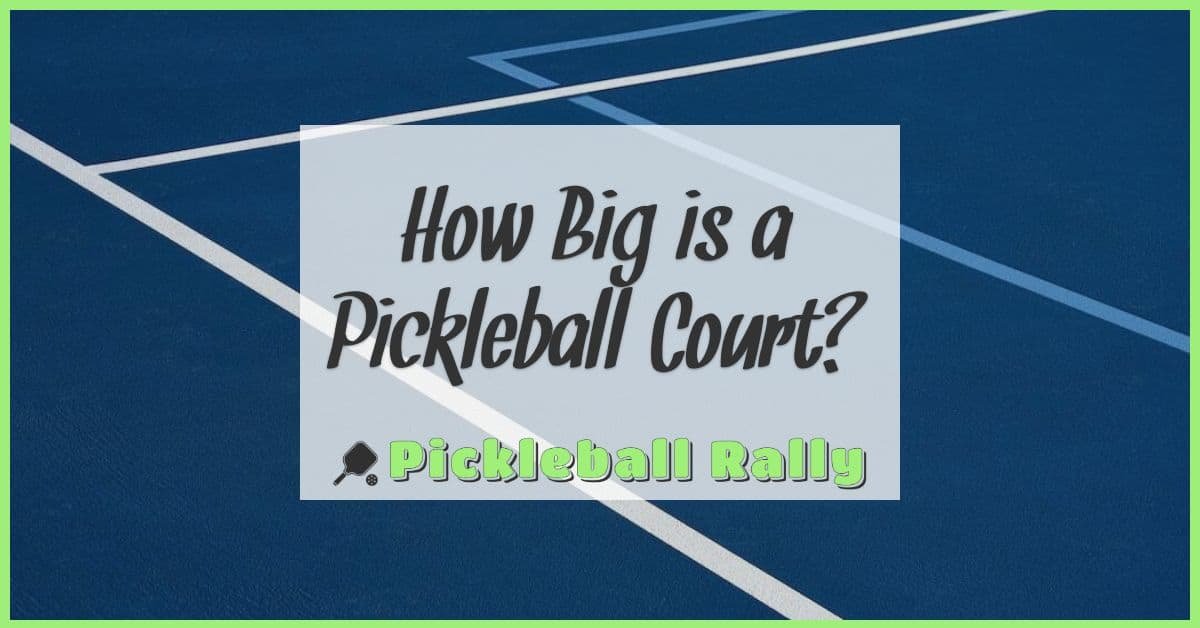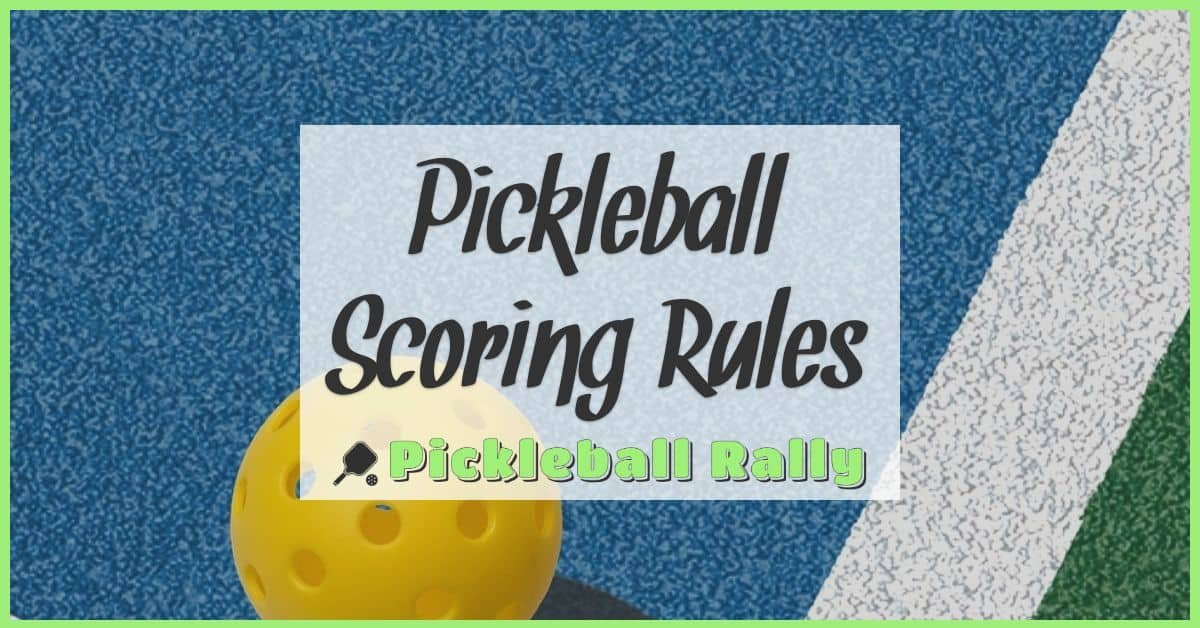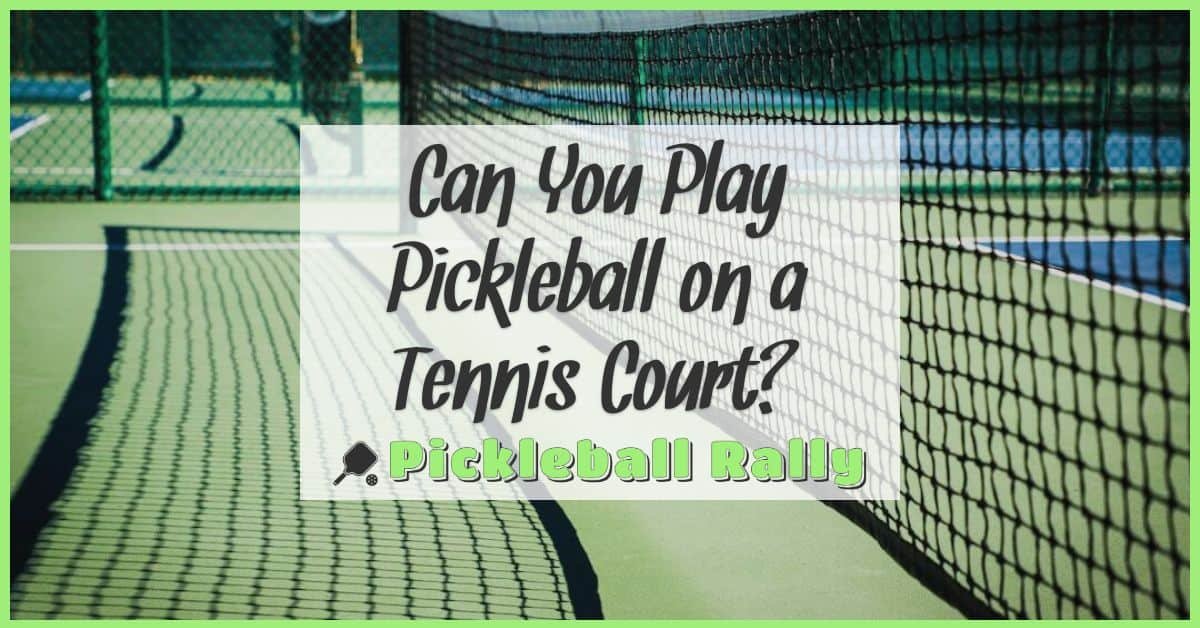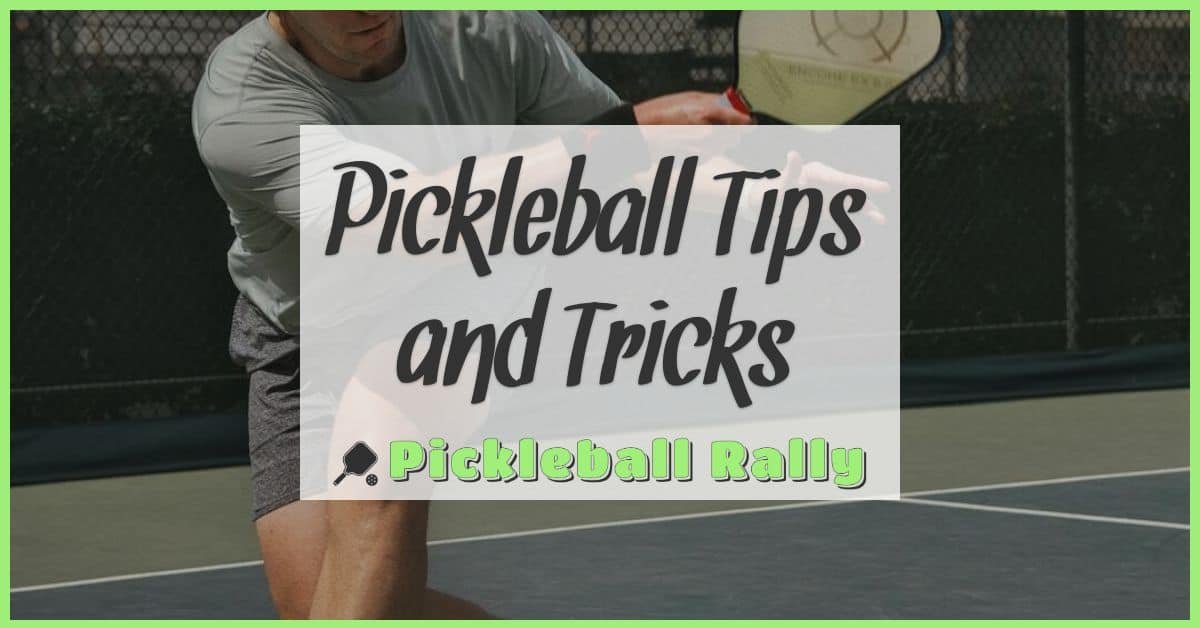Pickleball is more than just a fun game—it’s a fantastic way to stay active and connect with others. But like any sport, keeping up with training can sometimes feel tough. We’ve all faced those moments when motivation dips and the paddle feels heavier than usual.
Staying motivated in pickleball training means finding the right balance between challenge and enjoyment. When we keep our goals clear and celebrate small wins, the court becomes a place we look forward to, not a chore. Let’s explore some simple ways to keep our enthusiasm high and make every practice count.
Understanding Motivation in Pickleball Training
Motivation drives us to improve our pickleball skills and enjoy each moment on the court. Knowing what fuels our enthusiasm helps us stay committed and grow as players.
The Importance of Staying Motivated
Motivation fuels consistent practice and sharpens our performance. It keeps us eager to learn new shots, refine technique, and engage in friendly competition. Without motivation, training feels like a task, but with it, each session becomes a chance to progress and have fun. Sustained motivation boosts confidence, reduces burnout, and enhances our connection with the game and fellow players.
Common Challenges in Maintaining Motivation
Motivation can dip due to plateaus in skill improvement, busy schedules, or lack of clear goals. Frustration from repeated errors or slow progress often leads us to skip practice. External factors like weather or limited access to courts also affect our drive. Recognizing these challenges lets us adapt training routines, set realistic milestones, and create a supportive environment that keeps our pickleball passion alive.
Setting Effective Goals for Pickleball Improvement
Setting precise goals shapes consistent progress and keeps our passion for pickleball strong. Clear targets guide every session and make improvement measurable.
Short-Term vs Long-Term Goals
Short-term goals boost focus during practice, such as improving our serve accuracy or mastering a specific shot in two weeks. Long-term goals keep us motivated over months, like competing in local tournaments or reaching a particular skill level. Balancing both lets us enjoy quick wins while pursuing bigger achievements, preventing burnout and keeping training fresh.
Tracking Progress and Celebrating Milestones
Tracking progress with tools like training journals or apps reveals growth patterns and highlights areas needing attention. Celebrating milestones—including better footwork, consistent rally wins, or mastering new strategies—reinforces motivation. Marking these achievements creates positive feedback loops that encourage us to stick with training routines and push toward advanced skills.
Techniques to Boost Motivation During Training
Motivation stays strong when training feels fresh, focused, and connected. Using practical methods helps us enjoy every session and push our skills further.
Incorporating Variety in Practice Sessions
Changing drills and routines keeps practice engaging. Mixing paddle control exercises, footwork drills, and game simulations challenges different skills and prevents boredom. Rotating between solo skills and partner drills enhances adaptability. Variety also helps target weaknesses and reinforces strengths, making progress steady and visible.
Using Visualization and Mental Imagery
Visualizing successful shots or match scenarios sharpens focus and confidence. Mentally rehearsing serves, volleys, or strategic plays prepares us for real challenges. Visualization creates a mental blueprint, so when opportunity arises, actions feel automatic and precise. Practicing this daily builds positive mindset and reduces stress during actual games.
Finding a Training Partner or Group
Training with others adds accountability and social motivation. Partners push us to improve by providing feedback and healthy competition. Groups offer diverse playing styles, enriching learning experiences. Regular sessions together foster commitment and make practice enjoyable. Schedules become easier to maintain when we know someone is counting on us.
Maintaining Consistency and Overcoming Plateaus
Staying motivated during pickleball training means we must focus on consistency and learn to push through skill plateaus. These factors help us keep improving and enjoying the game longer.
Developing a Routine
We build a strong foundation by creating a regular training routine. Scheduling specific days and times for practice makes it easier to stay committed. We include a mix of drills targeting different skills like serving, dinking, and footwork to keep training balanced and engaging. Changing up the routine every few weeks prevents boredom and maintains excitement. Tracking progress with a journal or app helps us see improvements, even when they feel slow, reinforcing the habit of consistent practice.
Handling Frustration and Burnout
We accept that frustration and burnout are part of every athlete’s journey, especially when progress stalls. Instead of letting setbacks discourage us, we use them as signals to adjust our training. Taking short breaks or focusing on low-pressure skills can refresh our mindset. Talking with other players about challenges brings fresh perspectives and motivation. Practicing mindfulness or visualization techniques during tough periods helps maintain confidence. By managing frustration actively, we protect our enthusiasm and keep our pickleball skills advancing steadily.
Utilizing Technology and Resources for Motivation
Technology and resources offer powerful ways to keep motivation high during pickleball training. By tapping into apps, online communities, and coaching options, we can enhance our practice and stay connected to the sport.
Apps and Tools for Pickleball Training
Apps make tracking progress and refining skills straightforward. Training apps like Pickleball Trainer and PaddlPal provide video tutorials, drill suggestions, and performance analytics. We can record matches and analyze our stroke mechanics to identify areas for improvement. Heart rate monitors and fitness trackers help monitor physical conditioning, ensuring training stays effective without overexertion. Using these tools regularly creates measurable goals and maintains motivation by showing tangible progress over weeks and months.
Online Communities and Coaches
Online communities connect us with fellow players worldwide who share tips, challenges, and encouragement. Platforms like Pickleball Forum and Facebook groups allow exchanging strategies and organizing virtual meetups. Coaches offering virtual lessons or video reviews provide personalized feedback, making training more focused. Scheduling regular sessions with a coach or accountability partner from these groups keeps practice consistent and goal-oriented. Engaging with communities and expert guidance strengthens our commitment and makes training more interactive and enjoyable.
Conclusion
Staying motivated in pickleball training is all about finding what keeps us excited and engaged. When we mix things up, set meaningful goals, and lean on our community, practice feels less like a task and more like a rewarding experience.
By embracing the journey with its ups and downs, we keep our passion alive and continue improving. Let’s keep pushing forward, enjoying every rally, and celebrating each step we take on the court together.









